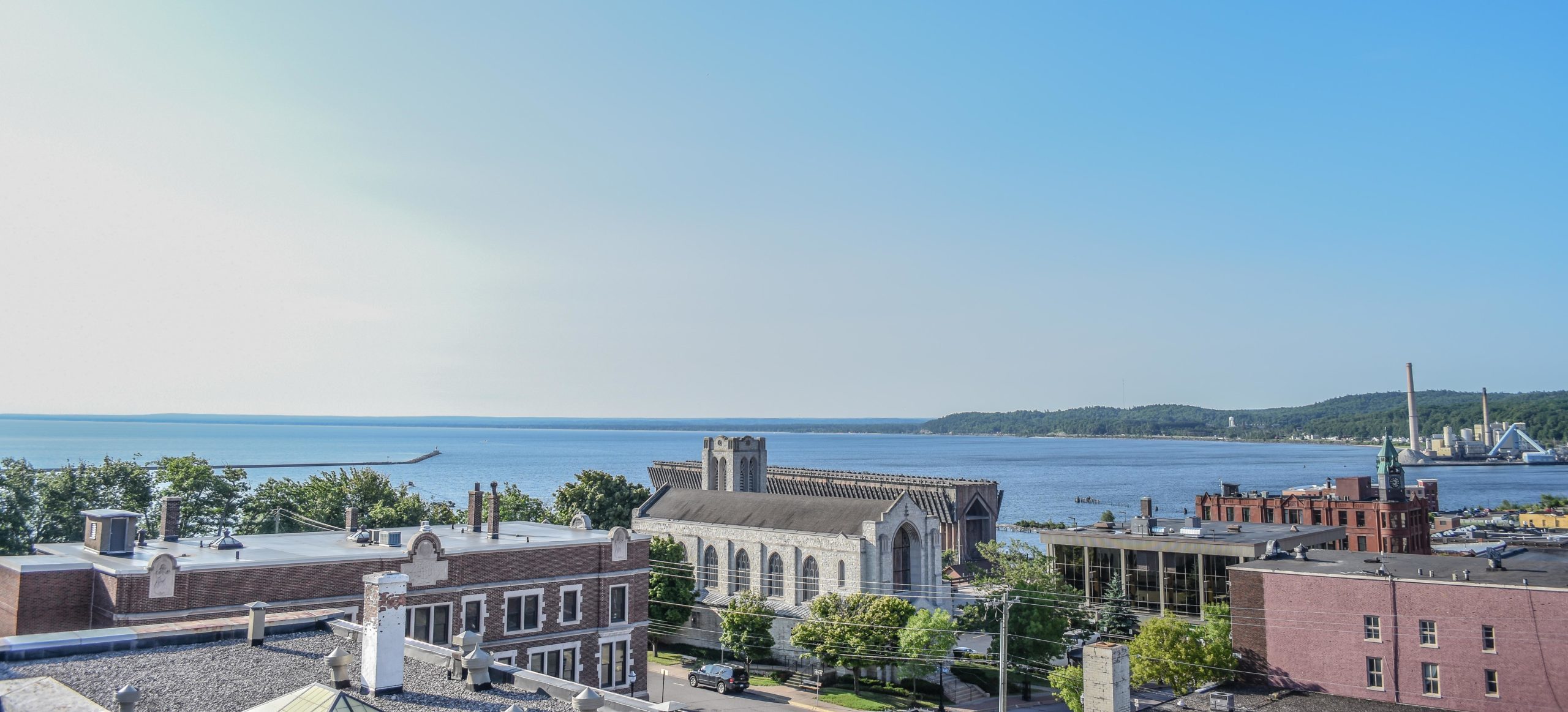How are Economic Development Organizations funded?
Posted by Amy Clickner on March 5, 2013
Often times I am asked about how economic development organizations (EDOs) such as ours are funded. While I can speak directly to how the LSCP is and has been funded, I thought it important to share with you information from a recent Economic Development Research Partners (EDRP) report of trends in the industry.
EDRP is the “think tank” component of the International Economic Development Council (IEDC) designed to help economic development professionals face challenges and seize opportunities from economic changes affecting communities. EDRP members, like the LSCP, are leaders in the field working through this program to improve the knowledge and practice of the profession.
First, I want to share with you why EDOs are an important part of any community’s economic development strategy. EDRP sums it up nicely by stating, “economic development organizations are critical to maintain and grow globally competitive communities. They operate in a complex and dynamic 21st century economic landscape that is impacted by shifts in local, national and global markets. Not only do they need to ensure that their communities attract, retain and grow successful businesses and talented people, they need to do so with reduced public funding, enhanced scrutiny and accountability concerns from private investors while engaging a broad range of stakeholders in every aspect of their work. The combined effect of these forces is impacting the way EDPs are structured, the way they are financed and the way they conduct business.”
Whew! Welcome to a day in the life of the Lake Superior Community Partnership team.
The above description explains our need to be flexible and adapt quickly to change. You may be able to understand more clearly now why the LSCP has spent the last 18 months in a mode that allowed us to focus on “reorganizing, rebranding, restructuring and results.”
The LSCP was created in 1998 as a private-public partnership (PPP), sometimes called a “triple P.” We have maintained a minimum of 75% private funding split, recognizing that the private sector drives investment. The remainder is public funding which too is critical, as both sectors together make a successful team to meet the development needs of a client.
For decades most EDOs were public. Today completely private EDOs are still uncommon but PPPs have risen to the top in part because of the budgetary flexibility they allow. I guess the founders of the LSCP were ahead of their time on structure!
Some interesting findings in the research include:
– Nationally over 80% of PPPs receive local funding, representing their second largest source of revenue after private funds
· – Less than 20% receive state or federal dollars
· – Membership dues (investment) is the largest funding source with 86% citing this as a revenue source
Conclusions drawn in this report show that nearly all EDOs devote a portion of their time to fundraising. A one size revenue model does not fit all and you need to find what works best in your region. Relationships are key to success and increasing accountability is expected, while there are a variety of types of funding sources, there aren’t many that are unique to the industry.
So what role do you and your business or organization play in the economic success of our region? Looking for a way to contribute? Participate? Simply go to www.marquette.org and check out the variety of ways you can be a part of our PPP, the Lake Superior Community Partnership or LSCP Foundation.

